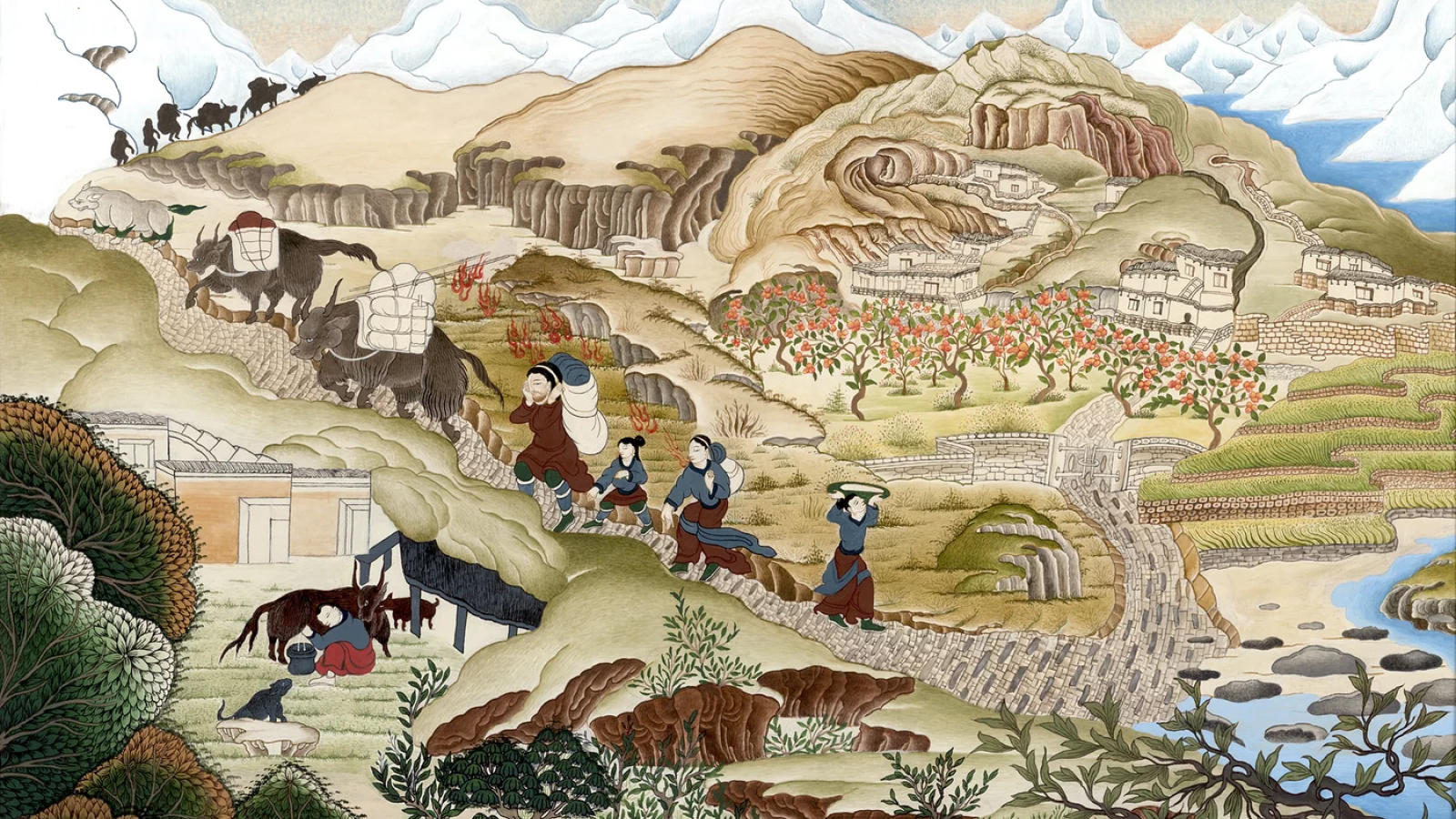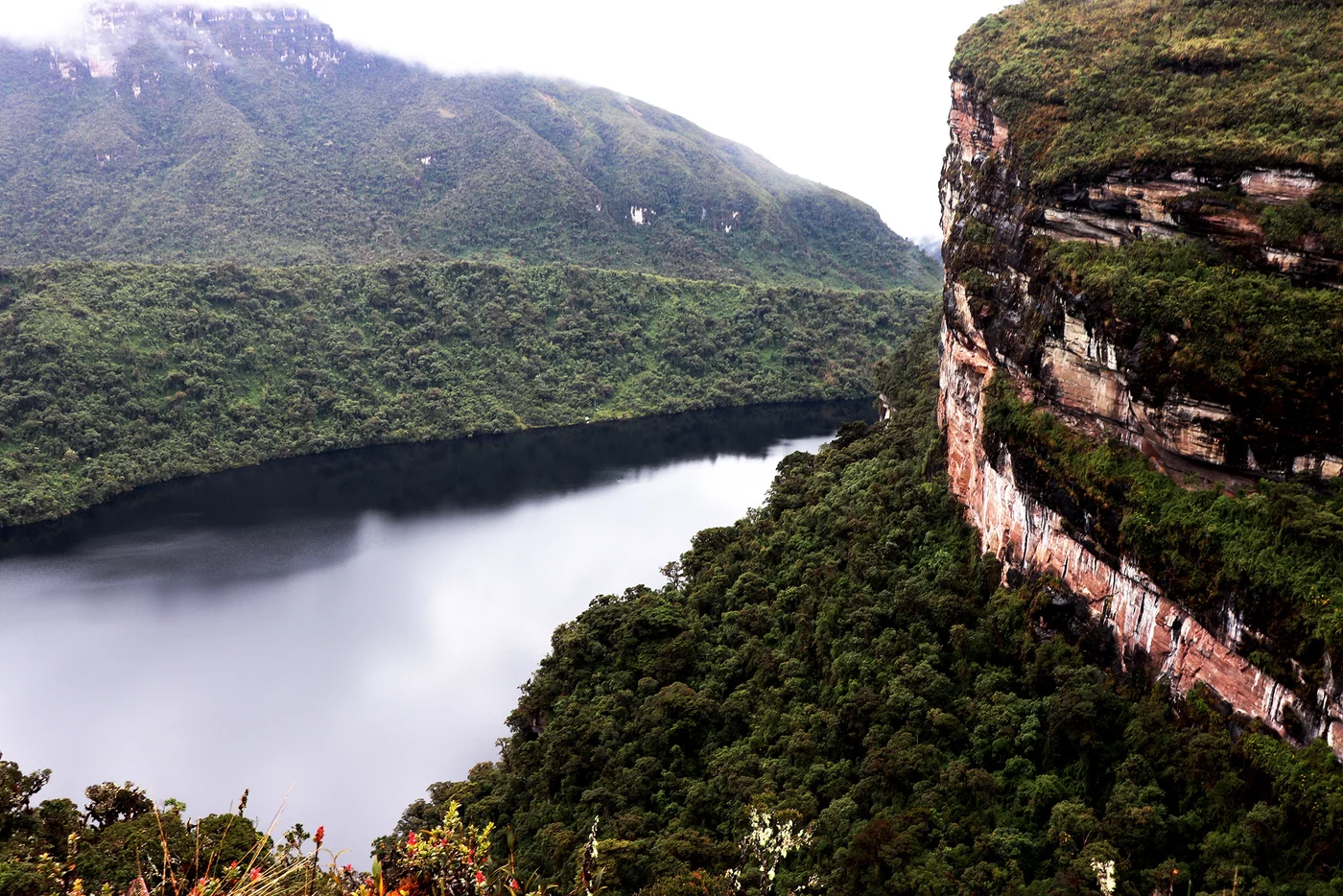
Ancient DNA recovered from human skeletons has begun to reveal the history of how malaria spread around the globe, including how the disease first reached the Americas.
The history of humankind is outlined in stories, songs and artifacts created over tens of thousands of years. However, fewer traces remain of the pathogenic passengers that have accompanied us on this journey. Malaria is particularly mysterious because the parasitic infection causes symptoms common to a wide range of illnesses — and, when it kills, it leaves no physical marks on human bones for archaeologists to find.
Over the past decade, though, advances in ancient DNA sampling have enabled scientists to retrieve pathogen DNA from human skeletons many thousands of years old. Traces of the pathogens that invaded a person's blood — including the parasites behind malaria — remain embedded in their bones and teeth after death, for example.
Now, these techniques have enabled researchers to investigate the epidemiology of two malaria-causing parasites: Plasmodium falciparum and Plasmodium vivax.
Related: Children can be stealth superspreaders of malaria to mosquitoes
To learn how these parasites spread around the world, researchers examined DNA from the remains of 36 people whose ages span 5,500 years and who hailed from five continents. They described their results in a study published Wednesday (June 12) in the journal Nature. By comparing the genomes of the Plasmodium parasites that infected these individuals, the researchers traced when and how malaria traveled from one region to another.
"From an evolutionary biology perspective, malaria is one of the most interesting pathogens to look at because of the profound impact it has had on the human genome," said lead author Megan Michel, a doctoral candidate at Harvard University and the Max Planck Institute for the Science of Human History in Germany. There are versions, or variants of genes involved in forming red blood cells — where malaria parasites multiply — that can offer resistance to the disease; these variants are more common among people whose ancestors lived in areas with high rates of malaria.
"Using ancient DNA allows us to go back in time and get a glimpse of what these pathogens' genomes looked like in the past and how they have evolved alongside their human hosts," Michel told Live Science.
These data could help scientists not only unravel the history of malaria but also better deal with the disease today, said Dr. Keren Landsman, a public health researcher at Augsburg University who was not involved in the study.
"We can use this data to understand not only the pathology but also the evolutionary route of malaria — and maybe even new ways to beat it," she told Live Science. "After all, it is one of the greatest killers of our time." Malaria kills more than 600,000 people worldwide each year.
One question the researchers explored was how malaria first came to the Americas.

For answers, they turned to a person who lived high in the Peruvian Andes, at a site called Laguna de los Cóndores, about 500 years ago. Similarities between the P. vivax strain infecting that individual and other strains prevalent in Europe at the time suggest that European colonizers brought malaria to the New World. Historically, scientists have debated whether Europeans carried the parasites over or if they'd survived an earlier journey to the continent with the first Americans.
"This is exciting because it tells us how those pathogens arrived in the Americas," Michel said. "Those strains that were transmitted early in the process of colonization survived, and we found genomic evidence linking them to parasites that circulate in the region today."
Unexpectedly, the team also found evidence of malaria in colder climates. A 2,800-year-old skeleton from Chokhopani, a high-altitude site in the Himalayas, showed signs of P. falciparum infection — a puzzling finding because Chokhopani is too high, cold and dry for the mosquitoes that carry malaria to survive.
The researchers concluded that this individual likely contracted the disease in a lower-lying region, the same way modern travelers move pathogens around the world.
"Globalization and the movement of people are huge factors influencing malaria distribution today," Michel said. "We're moving at unprecedented rates — and we see that in reports of malaria cases imported by travelers. It's a big, big issue."
The study looked at a limited number of genomes, so it can't offer a comprehensive look at malaria's history. Someday, the researchers would like to examine more DNA samples, especially from Europe and sub-Saharan Africa.
"I'd also love to see other pathogens that used the same routes studied in this way," Landsman said. "Understanding what else was brought by colonizers, how other pathogens spread throughout the world, and cases of immunity could help guide further research into the prevention and treatment of many diseases."
Ever wonder why some people build muscle more easily than others or why freckles come out in the sun? Send us your questions about how the human body works to community@livescience.com with the subject line "Health Desk Q," and you may see your question answered on the website!







